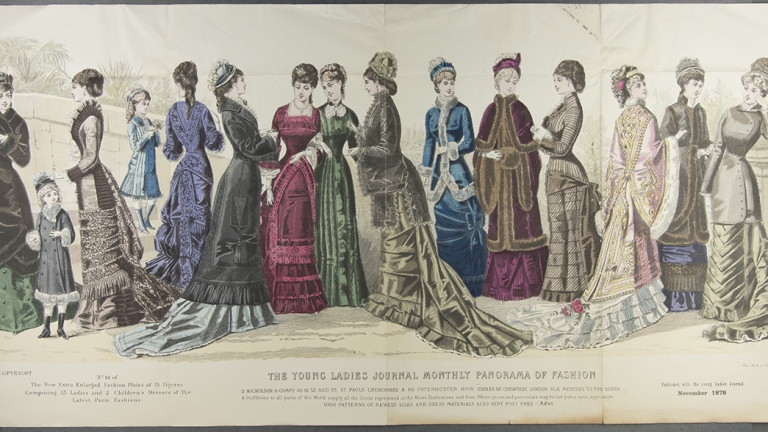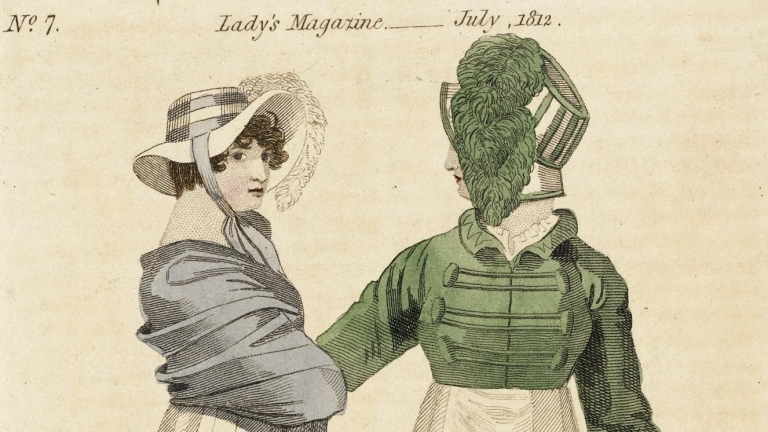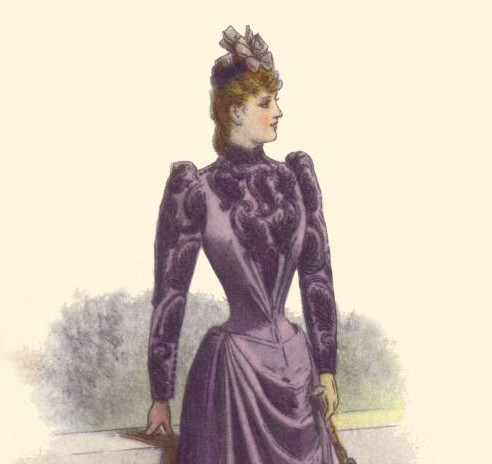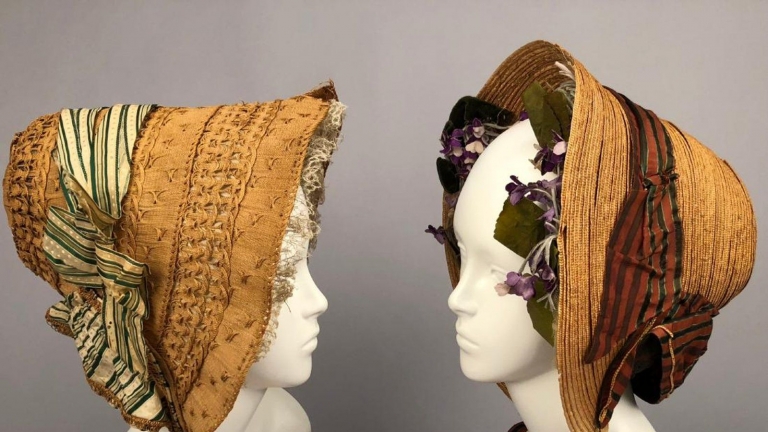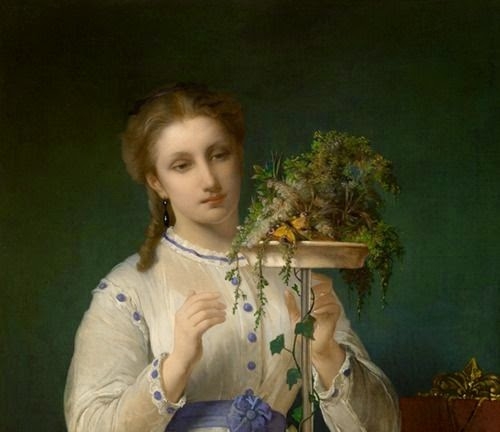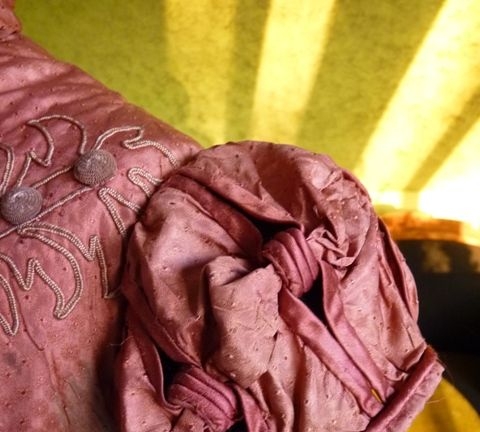Japonisme or Not?
by Sandy Vrooman, First published for the March/April 2013 issue of Finery When trying to trace the influences of one culture to another, where does one start? In the case of Oriental influences on western fashion, we could go back to Marco Polo’s travels and the introduction of silk to European royalty; the flat Chinese fans used at Versailles, and […]
Imbibing Fashionable Waters
by Deborah Parker Wong, First published for the March/April 2013 issue of Finery From sacred springs to the Roman baths, the healing power of water are found referenced throughout history. During the 18th and 19th centuries, “taking the waters” became a popular past time for the leisure class. Whether done at the advice of a doctor or simply as a […]
The 1870s Year by Year
by Judith Hollenberger Dunlap, First published for the January/February 2013 issue of Finery The decade of 1870-1879 included drastic changes of silhouette in women’s clothing. The large elliptical hoop of the late 1860s was pushed back into a bustle, which was quickly dropped for a form fitting ‘natural’ shape. Natural in name only, as it was achieved by lengthening the […]
When a Muslin Dress Just Isn’t Enough
by Jean Martin, First published for the January/February 2013 issue of Finery For most Regency events and balls, most of us costumers can get away with not wearing period-correct outerwear since we will most likely be indoors, or outdoors during the summer. However, if you want to wear a Regency costume this winter, or at an outdoor event such as […]
The Mauve Decade
by Judith Hollenberger Dunlap. Originally published for the November/December 2012 issue of Finery. Mauve was the first color of aniline dye discovered by William Henry Perkins as he searched for an artificial way to make quinine. The aniline dyes he developed in the latter half of the 19th century opened up fashion to an array of new colors, but mauve […]
25 Ways to Trim an Early Victorian Bonnet
by Jennifer Rosbrugh, First published for the September/October 2012 issue of Finery Flipping through a stack of (digital) fashion plates, I was enthralled by so many ideas for how to decorate an Early Victorian Bonnet. I was doing trim research a couple years ago to complete my poke bonnet for Costume College 2010 and fell in love even more with […]
Keeping Your Cool: Mid-Victorian Sheer Dresses
by Elizabeth Urbach, First published for the May/June 2012 issue of Finery Mid-Victorian daytime fashion was not all about heavy, opaque fabrics; warm weather allowed for light dresses of semi-transparent fabric like barege and muslin, trimmed with embroidery, ribbons and lace for a cool, floating visual effect. These gowns, called sheer dresses or “clear muslin dresses” were especially popular at […]
Pre-Raphaelites to Aesthetes: Their Influence on Aesthetic Dress
by Judith Hollenberger Dunlap, First published for the March/April 2012 issue of Finery The Artistic Dress movement in the late 19th century was born of two earlier artistic reform movements. In 1848 the Pre-Raphaelite Brotherhood was founded in Great Britain by William Holman Hunt, John Everett Millais, and Dante Gabriel Rossetti. This Brotherhood of painters, poets, and literary critics believed […]
Deciphering Regency Sleeves
by Jennifer Rosbrugh, First published for the March/April 2012 issue of Finery Fashionable dress in the Regency years (1795-1820) is fairly uncomplicated. Although the bodices and skirts are relatively simple, the true area of design is the sleeves. Where else do you put your personality into a garment if the skirt is plain straight and the top simply covers what […]
19th Century Children
by Lynn Downward, First published for the November/December 2011 issue of Finery So you want to bring the kids to Dickens Fair this year – in costume! How can you possibly build children’s clothes when you’ve never researched them before and you have no time or money budgeted for it? In preparation for Dickens Fair, here is an overview of […]


